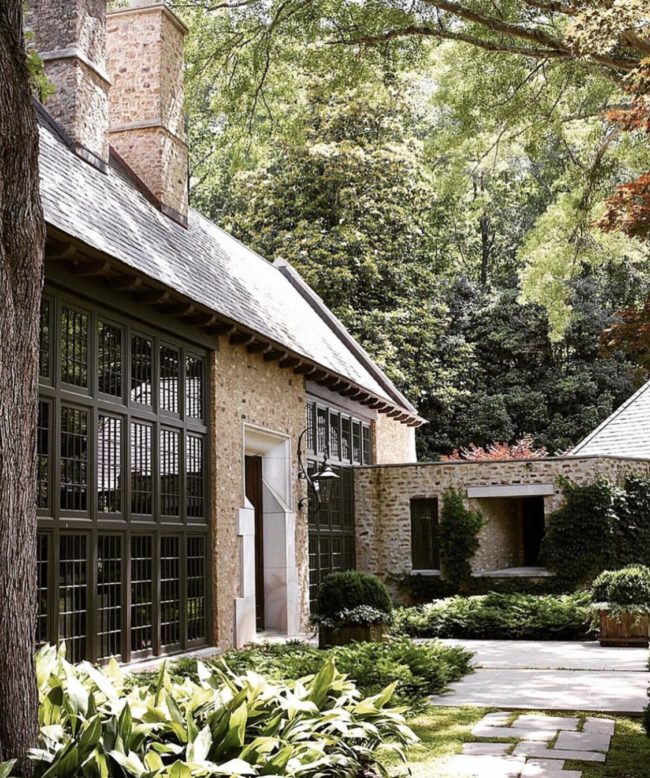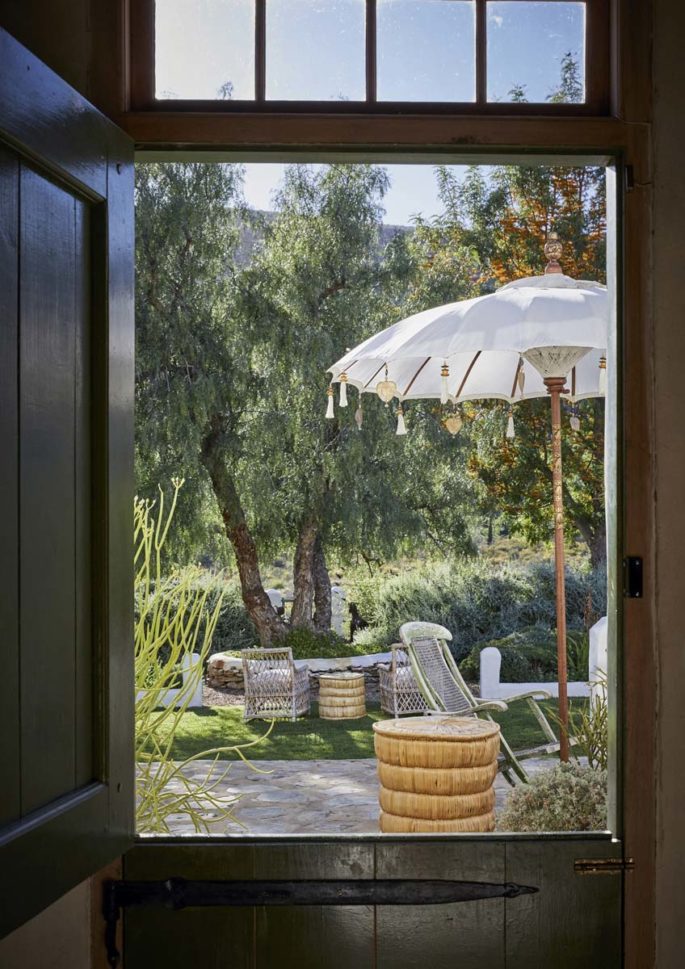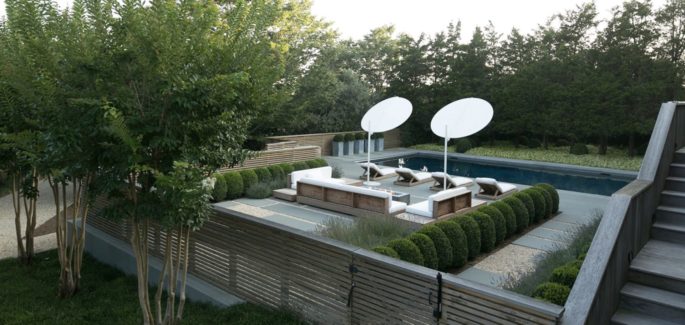What makes one layout of borders and lawn suburban, yet another cutting-edge? How do you go about gardening in a way that is contemporary, sustainable and matches your interior? We asked the experts…
There are just two essential ingredients to contemporary gardens: strong structure and simplified planting, ‘explains Helen Dirren, the in-house designer at UK plant nursery Crocus. Recently, the idea of the modern outdoor space has been interpreted as a low-maintenance outdoor ‘room’, but renowned garden designer Charlotte Rowe. takes issue with this reductive view: ‘I prefer to describe a contemporary garden as one that works in harmony with a building or interior space,’ she explains. ‘Whether a home is a new-build or a Regency townhouse, we always design the green space to suit the individual property. The layout of the windows and doors and the views of the garden need to be taken into account.’ Kate Gould, the Chelsea Gold Medal-winning garden designer and author of Urban Garden Design agrees that viewpoints are vital. Read more, ‘2019’s Top Three Trends in Garden Design.’
‘Linking the inside of your home to the outside is now more common, with large glass panels and doors opening up the rear facades of buildings. Always-on display, a garden now needs to look good year-round.’
This strengthened relationship between indoor and outdoor spaces should also influence the materials you choose to define your garden’s structure. ‘Flowing the same flooring from the inside to the garden will always make a space feel larger,’ advises Gould. ‘Plus, any outdoor surfaces should be in keeping with the house, confirms Derrin. ‘The layout of these should mirror the building in scale and proportion, as well as complementing the living spaces.’ To keep the garden clear and coherent, aim to limit yourself to a maximum of three materials. Read more, ‘Your First Garden: How to Start A Garden For Practically Nothing.’
‘Contemporary schemes will look better with a pared-down palette,’ explains Gould. To make your private oasis look au courant, Claire Belderbos of landscaping firm Belderbos Landscapes recommends cedar: ‘It gives an immediate contemporary feel to any garden. Also, include Corten steel, which develops a weathered appearance over time. ‘It’s ideal for design elements such as planters, decorative screens or water features, ‘ adds Belderbos.
Porcelain tiles also work well. ‘They are on the rise as an alternative to natural stone.
Layout sorted, it is then all about the planting. Whether you are green-fingered or want something easier to maintain, the best approach is ‘less is more’. I tend to use a mix of strong, structural planting with additional seasonal interest achieved through perennials and grasses,’ says Rowe. ‘Planting should be simple and your palette limited – a couple of colours plus green is ample. Editing in this way will provide a garden with an elegance that wouldn’t be achieved by using a vibrant cocktail of different flowers and plants.
Finally, as a garden is a green space, it also makes sense to be conscious of your eco-credentials when creating it.
‘The current design community standpoint, whether in architecture or landscaping, is that for something to be considered contemporary, it must take into account sustainability,’ explains garden designer Adolfo Harrison (adolfoharrison.com). ‘At the absolute minimum, make sure the overall design, as well as all of the materials used, will last and age gracefully. Gardens are a statement about the passing of time, after all.’ *This an excerpt from an article in UK Elle Decoration, September, 2019 issue.




